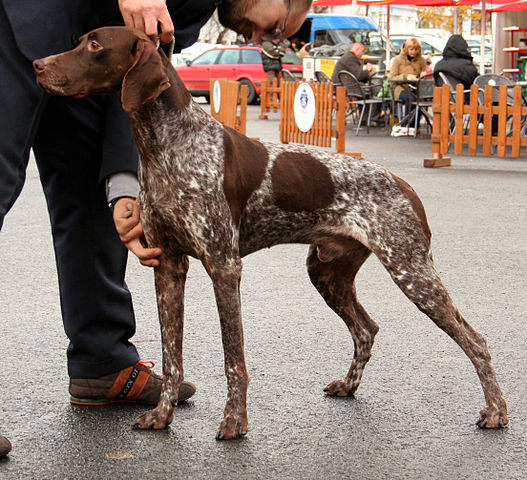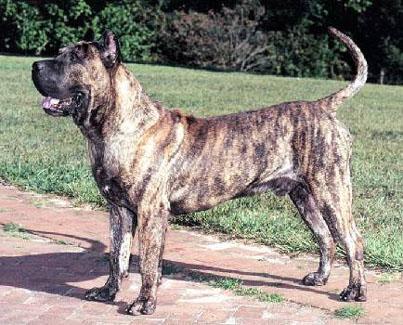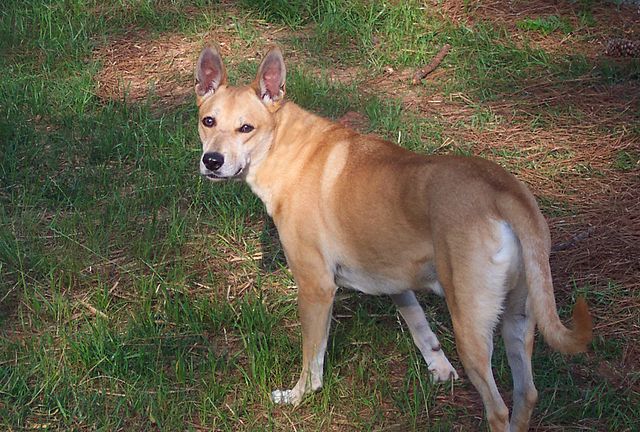The French Spaniel is one of the largest of all spaniel breeds. A friendly and bright pointing/retrieving spaniel, he possesses a tender heart and even temperament. He is calm and compliant in the house, tending to be fairly submissive in nature, not prone to aggression in any form. When out hunting, he is athletic and enthusiastic – he loves to do what he was originally bred for! This medium-sized breed also gets along well with other dogs and children – playing gently and with a lot of patience. He may or may not get along with cats and almost definitely shouldn’t be trusted around pocket pets or birds.
The French Spaniel tends to be easy to train and therefore makes a good dog for first-time owners. He enjoys learning and pleasing his owners. It should be noted that he is a “soft breed” that will shut down if he feels the methods are too rough. Training a sensitive breed means that owners/trainers may need to be slightly more patient, but once the dog learns a command, he is unlikely to forget. Also take note that he can be slow to mature and may also take a little longer to housebreak than some other breeds. This is a dog that needs a job to do, so after initial obedience training has been taught, it’s highly recommended to get your French Spaniel into a sport such as tracking, hunt tests and/or agility!
As with most hunting breeds, the French Spaniel doesn’t do well living in an apartment. He prefers a home with plenty of access to the outdoors (particularly during cooler weather) so that he might stretch his legs and run! This affectionate dog does need plenty of time spent with his family as well, so he shouldn’t be kept outside all day unless his owners are frequent outdoorsy-people themselves! Furthermore, because of his sociable nature, he can be prone to separation anxiety if left alone for too long. He enjoys being around humans both known and new. It comes as no surprise that this is not a guard dog by any means, and his quiet nature makes him spotty at watchdog duties as well. This said, if he is convinced a stranger may be up to no good, he is much more apt to bark.
French Spaniels are healthy dogs that aren’t commonly diagnosed with congenital health issues. They do require regular exercise, however – ideally at least an hour each day. The breed is fairly active and definitely not a couch potato canine. A walk around the block probably won’t cut it – this agile athlete needs more vigorous outings such as jogging, swimming or hiking! Playing fetch with a ball and/or taking the dog out to hunt are also fun, breed-specific activities that will be supremely appreciated! Without enough exercise he can become destructive, especially in the form of chewing and digging.
The liver and white coat of the French Spaniel doesn’t shed too frequently, however does require brushing a couple times a week. Ears must be cleaned weekly and nails should be clipped every week or two. Keeping up with a healthy dental routine (brushing the teeth) will help curtail future vet costs and help the dog’s breath! Baths can be given as often as needed, taking care not to bathe too frequently unless using a gentle shampoo. Perhaps one of the more time-consuming tasks is that of pulling burrs and other “bits of nature” out of the coat, particularly if the dog has been hunting in dense cover. Aside from this, it isn’t complicated to keep the dog groomed as long as the owner set aside time regularly to do so.

Photo By Canarian









